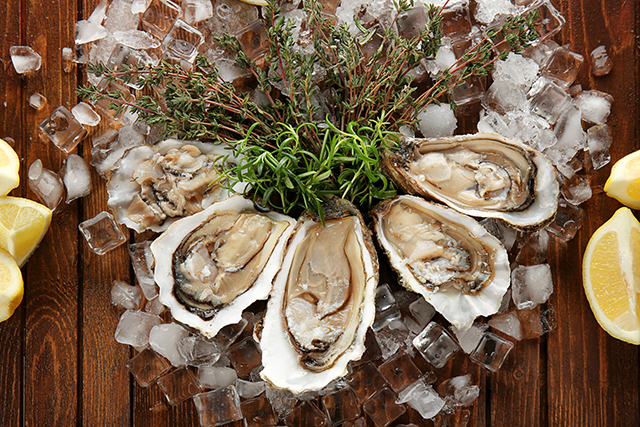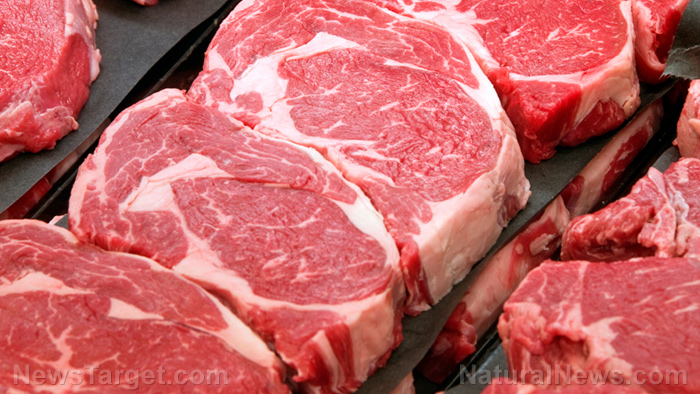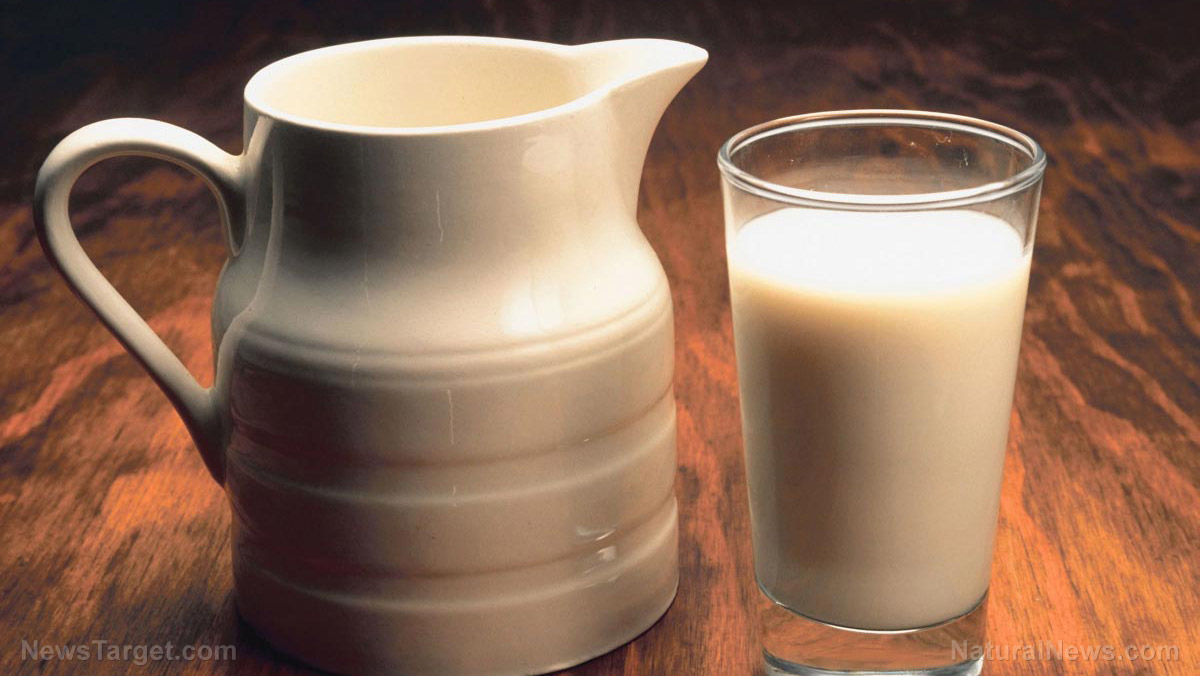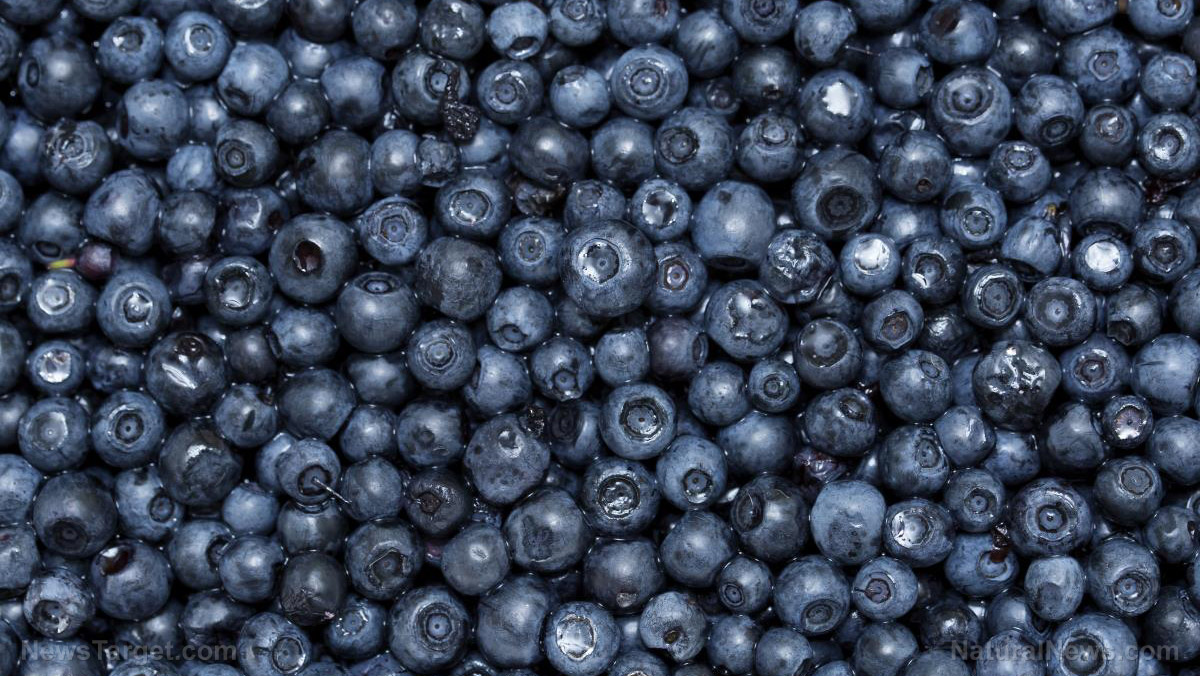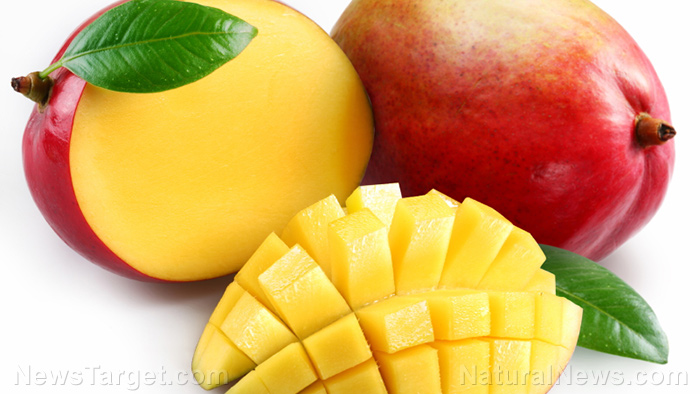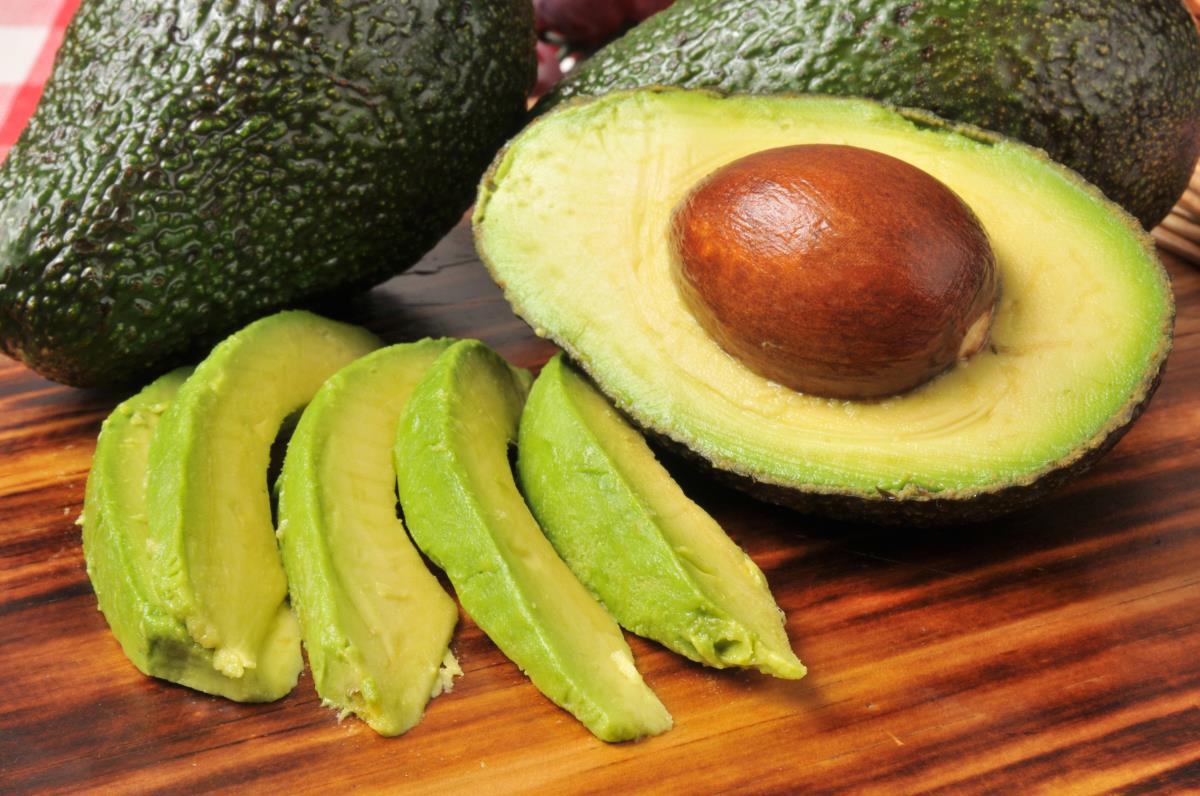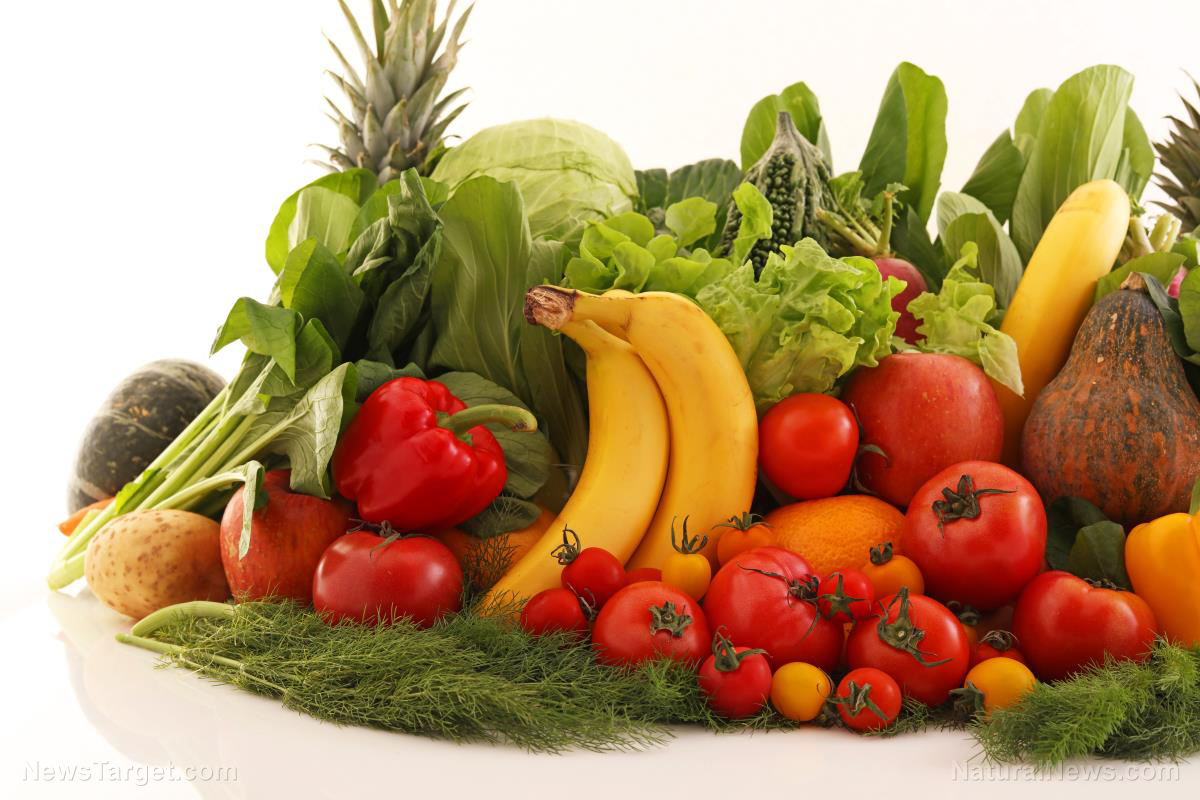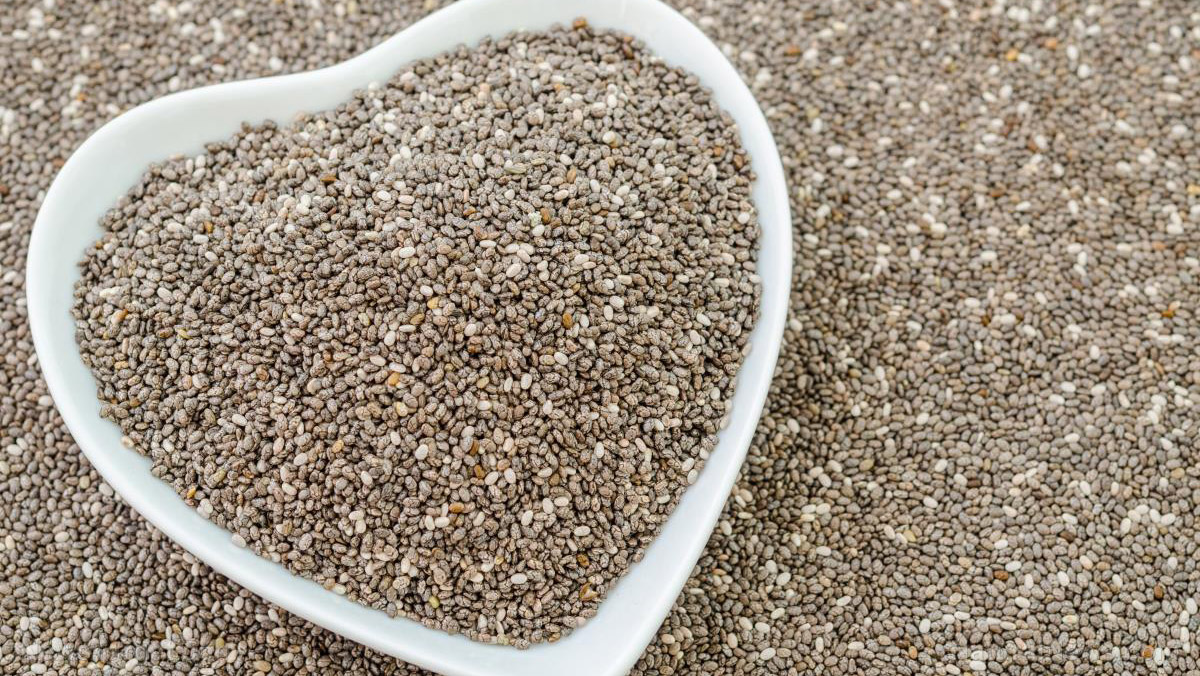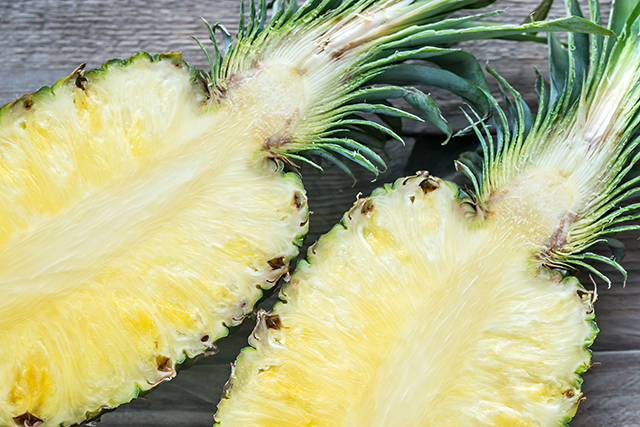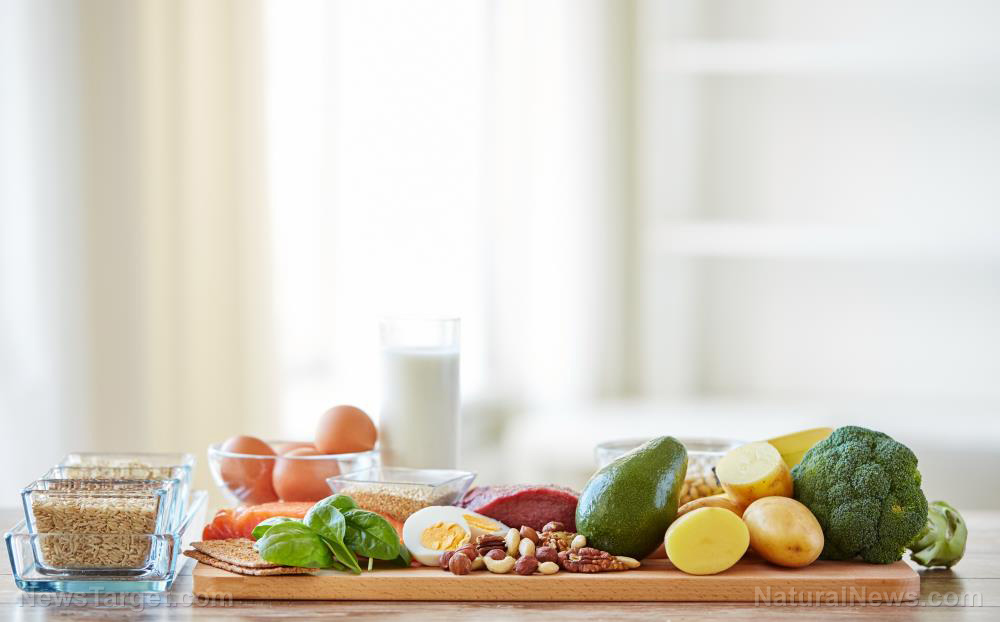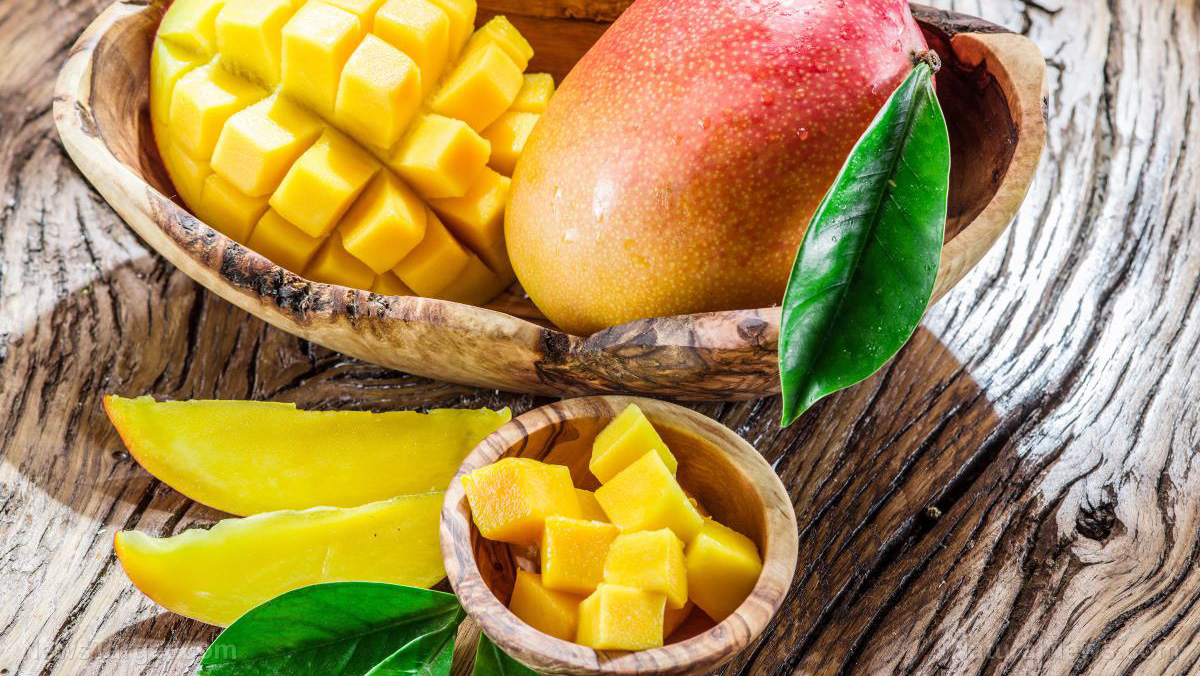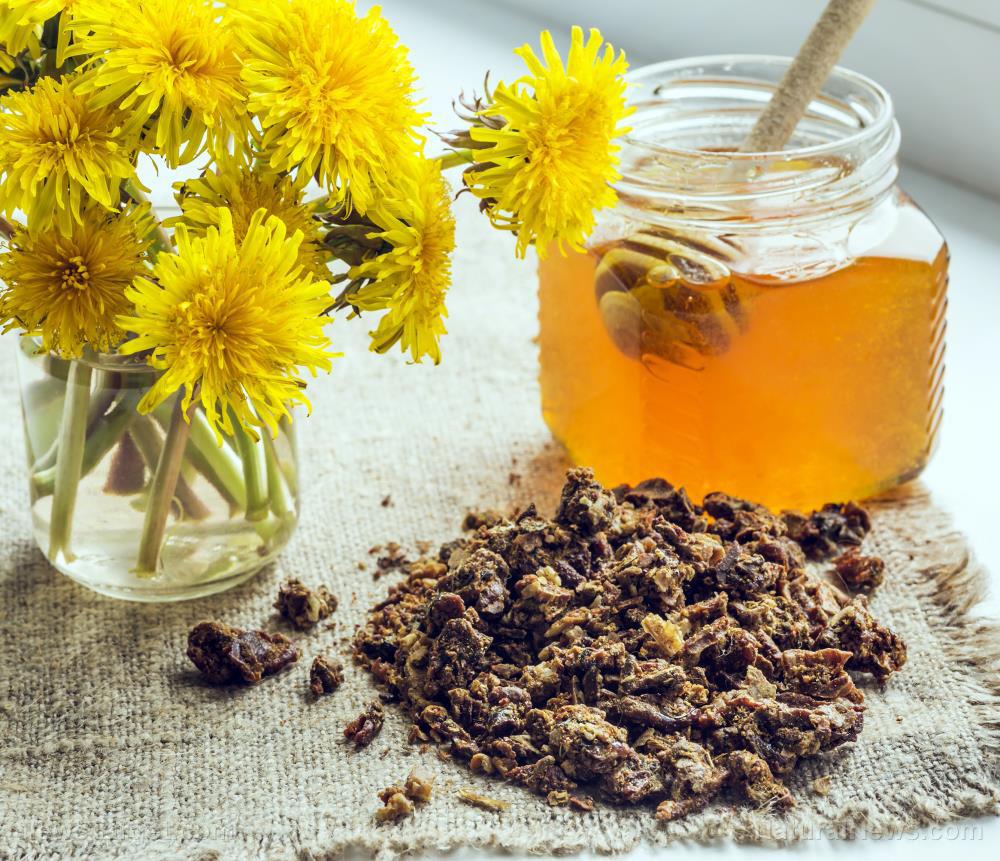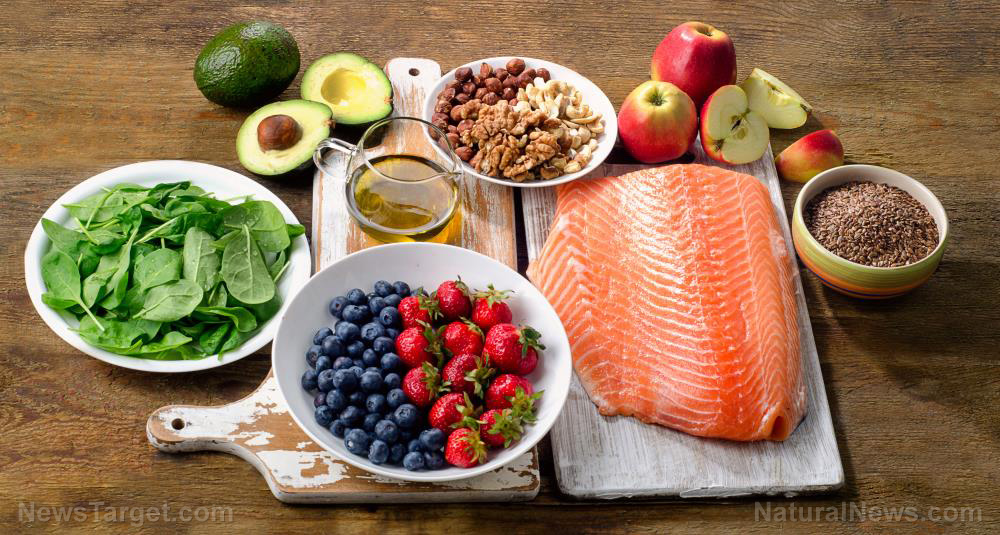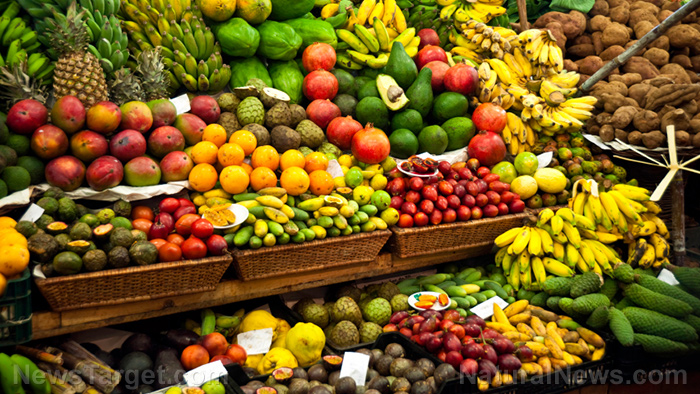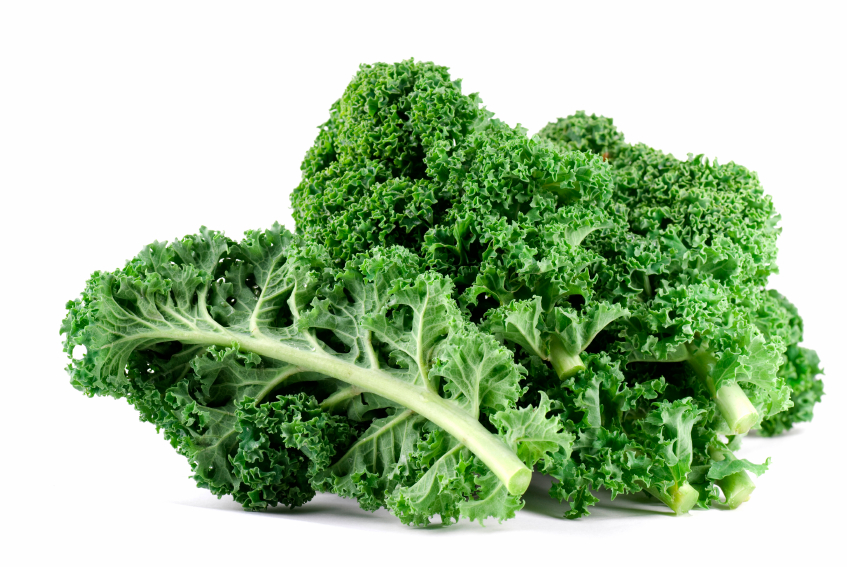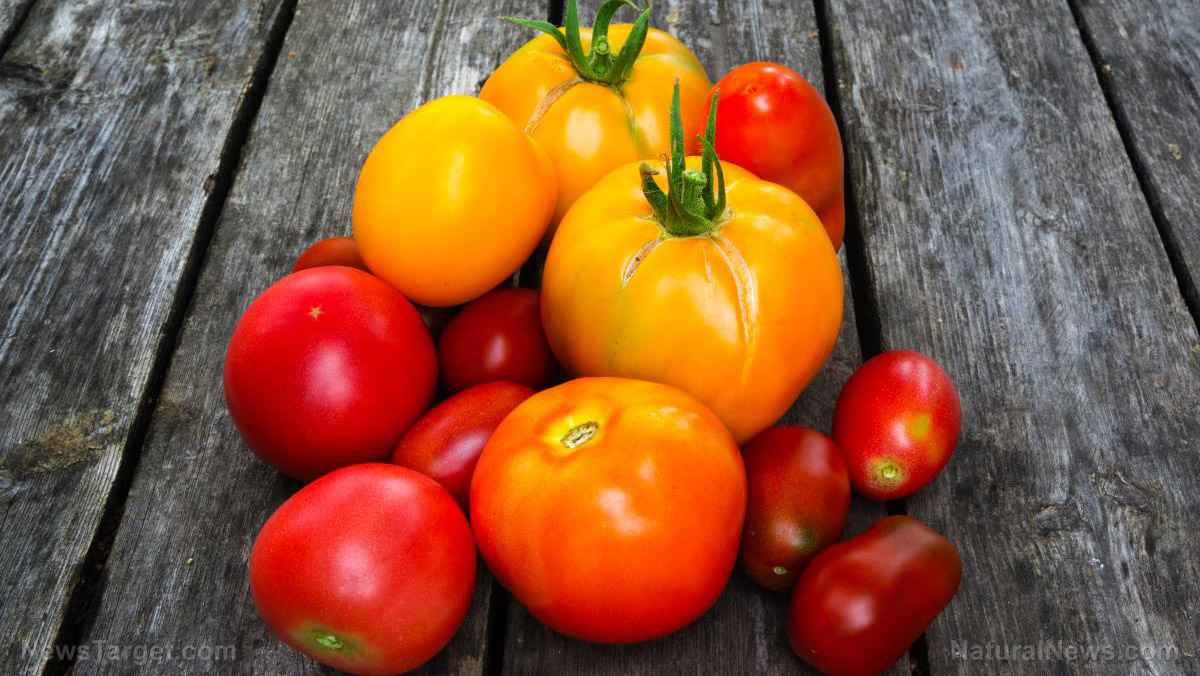Ostriches that are given organic selenium supplements have better quality meat
10/05/2018 / By Frances Bloomfield
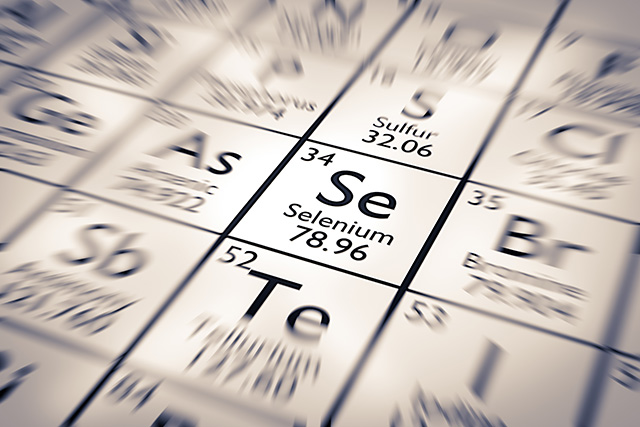
Although there has been a growing interest in ostrich meat as an alternative source of protein, the elevated amounts of polyunsaturated fats make it prone to oxidation. Previous research has shown that supplementing livestock with antioxidants like selenium improves lipid stability. To that end, a team of Polish researchers carried out a study to ascertain the impact of organic and inorganic selenium on ostrich meat, which was published in CyTA – Journal of Food.
- Around 40 ostriches were utilized. From hatching until five months of age, the animals were placed on a commercial ostrich starter diet.
- Once the birds passed five months, they were divided into two groups that had their diets supplemented with either organic selenium (Sel-Plex) or inorganic selenium (sodium selenite).
- After seven months, the ostriches were slaughtered, and the researchers acquired meat samples from eight birds from each group.
- Chemical analysis of the muscle samples covered the chemical, mineral, and fatty acid content.
- The researchers noted that the organic selenium-fed ostriches had a greater selenium content in their ambiens muscles, a thigh muscle present in certain species of birds.
- The selenium-fed ostrich meat also had a higher linoleic acid and eicosapentaenoic acid (EPA) content; the latter resulted in a smaller omega-6-to-omega-3 fatty acids ratio.
Thus, the researchers concluded that supplementing with organic selenium can increase the EPA and selenium content in ostrich meat. This can, in turn, reduce the risk of heart disease and contribute to the antioxidant capabilities of the human body.
Find the full text of the study at this link.
Journal reference:
Polawska E, Zdanowska-S?siadek ?, Horba?czuk J, Pomianowski JF, Jó?wik A, Tolik D, Raes K, De Smet S. EFFECT OF DIETARY ORGANIC AND INORGANIC SELENIUM SUPPLEMENTATION ON CHEMICAL, MINERAL AND FATTY ACID COMPOSITION OF OSTRICH MEAT. CyTA – Journal of Food. 14:1, 84-87. DOI: 10.1080/19476337.2015.1046940
Tagged Under: agriculture, animals, food quality, livestock, meat, nutrients, nutrition, Organic Selenium, ostrich, ostrich meat, selenium, supplements


